earthmanbuck
No longer a newbie, moving up!
- Joined
- Jul 24, 2011
- Messages
- 261
- Reaction score
- 181
- Location
- Canada
- Can others edit my Photos
- Photos OK to edit
Hi everyone, I've been reading up on infrared photography lately and am intrigued, but I have a few questions I would like to double check on before I buy anything.
1) I know there are a few places making B&W Infrared 35mm (Ilford, Efke, I think Rollei has something out too)...any experience with these? Which should I go with? I also thought I read somewhere that the Ilford stuff isn't 'real' infrared, but I'm not entirely sure what that means.
2) I understand the exposure time is ridiculous when shooting infrared, so I'm going to need a tripod, right? And it just occurred to mecan I even get one of those attachable shutter-triggering things for my Pentax K1000, so I don't have to manually hold down the shutter the whole time? (What are those things called anyway??)
3) What kind of filter do I need? I know there are the opaque ones you can't see through, but I thought I read something about red IR filters you can continue to focus and see through when using a film SLR. Is there any reason to get an opaque one over one of the red ones? Obviously I'd prefer to see what I'm doing.
1) I know there are a few places making B&W Infrared 35mm (Ilford, Efke, I think Rollei has something out too)...any experience with these? Which should I go with? I also thought I read somewhere that the Ilford stuff isn't 'real' infrared, but I'm not entirely sure what that means.
2) I understand the exposure time is ridiculous when shooting infrared, so I'm going to need a tripod, right? And it just occurred to mecan I even get one of those attachable shutter-triggering things for my Pentax K1000, so I don't have to manually hold down the shutter the whole time? (What are those things called anyway??)
3) What kind of filter do I need? I know there are the opaque ones you can't see through, but I thought I read something about red IR filters you can continue to focus and see through when using a film SLR. Is there any reason to get an opaque one over one of the red ones? Obviously I'd prefer to see what I'm doing.


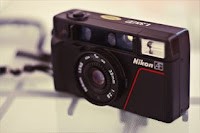
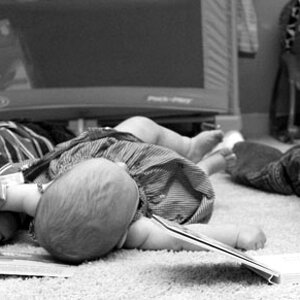

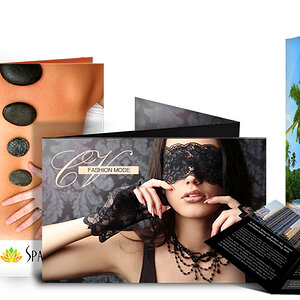
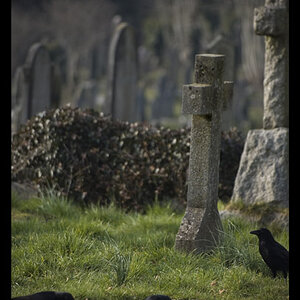
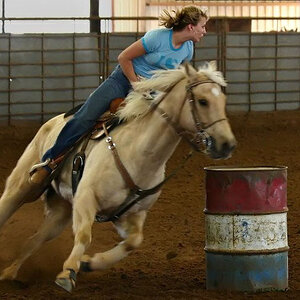
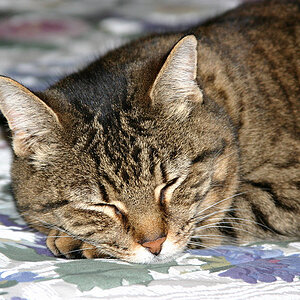

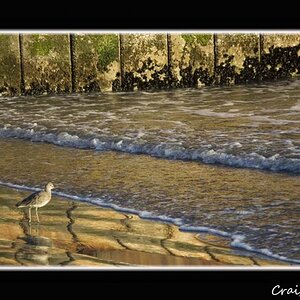
![[No title]](/data/xfmg/thumbnail/39/39543-dfebd471118eabdc8c41e2088dca98f3.jpg?1619739079)